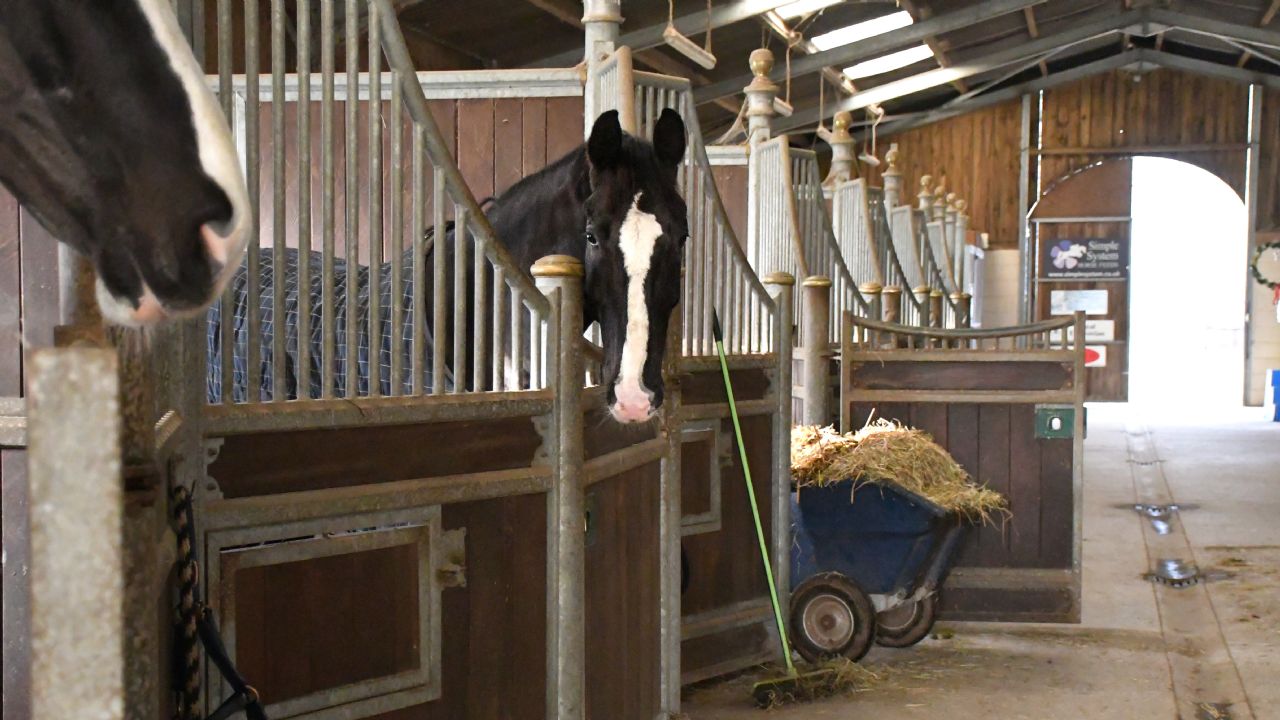10 years of Simple System HayCare!
During its 10 years so far, it has become apparent that HayCare is so much more than a hay replacer...

In winter, more horses are confined to their stables for longer. When horses are confined for long periods they can become bored and restless. A wild or free-roaming horse travels around 25 miles per day and a horse out in a typical paddock can clock up around 8 miles a day. How far can they travel in a stable? Not very far at all!
To help make being stabled less tiresome, environmental enrichment for horses involves small changes we can make to take the horse a little nearer to its origins as a free-roaming, herd-living, obligate herbivore.
With a little creativity you will be able to think of lots of ways you can make your horse's environment more rewarding. Please feel welcome to share your tips and ideas with us. You can contact our Feed Line on 01728 604 008 or by email to info@simplesystem.co.uk.
During its 10 years so far, it has become apparent that HayCare is so much more than a hay replacer...
Grass has the potential to grow all year, which is different from many other plants. Certain things are necessary for this growth, but if they are not met, the grass will be dormant, waiting for conditions to improve.Â
Rain fall can trigger growth akin to a spring flush, especially if temperatures are high. Even whilst true spring may be in the past, the risk for those prone to laminitis will rise.